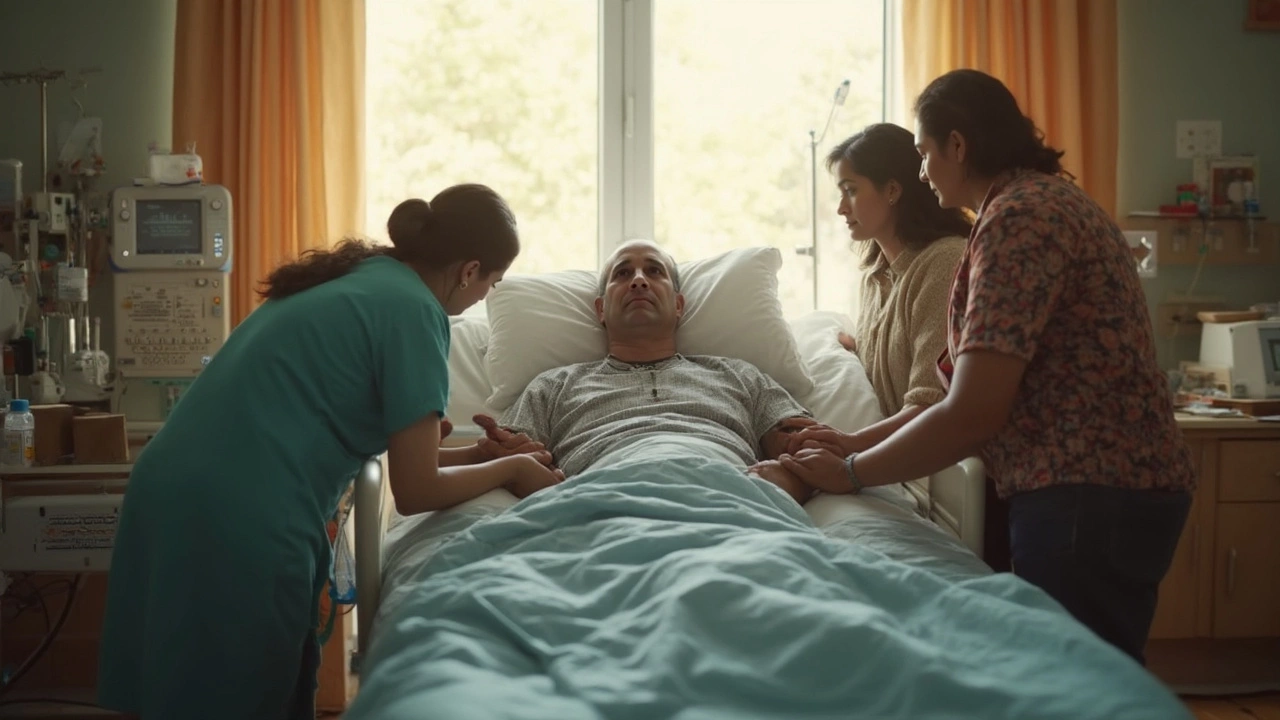Heart surgery is no walk in the park, but some procedures take recovery to a whole new level. This article breaks down why certain heart surgeries are so hard to bounce back from. Expect real talk about pain, daily challenges, and what recovery actually looks like. You’ll also find practical tips to ease the process and some interesting facts that might surprise you. Whether you’re prepping for surgery or helping someone who is, you’ll get real-world advice here.
Read MorePost-Op Tips: Simple Steps for a Faster, Safer Recovery
Just had an operation? You probably feel a mix of relief and uncertainty. The good news is that a few easy habits can cut the discomfort, speed up healing, and get you back to normal sooner. Below are the most useful tricks you can start right after you leave the hospital.
Managing Pain After Surgery
First off, don’t ignore pain. It’s a signal that tells you what needs attention. Follow your doctor’s medication schedule exactly – even if you feel okay, taking the right dose at the right time prevents spikes later on. If you’re prescribed both an opioid and a non‑opioid, use them together as directed; the combo often lowers the total amount of strong pills you need.
Cold packs are a low‑tech hero. Apply a thin towel‑wrapped ice pack to the incision site for 15 minutes, then rest for another 15 minutes. Do this several times a day for the first 48‑72 hours. The cold reduces swelling and dulls the pain without any drugs.
When the doctor says it’s safe, try gentle movement. Simple ankle pumps, finger stretches, or short walks (even around the hallway) keep blood flowing and stop clots from forming. Start with a few minutes and add a little each day – you’ll notice less stiffness and less pain as you move.
Everyday Habits to Speed Up Healing
Nutrition fuels recovery. Aim for protein‑rich foods like eggs, lentils, and lean meat to rebuild tissue. A handful of nuts or a glass of milk gives you calcium and healthy fats, which help bones and joints heal faster.
Stay hydrated. Water helps flush out anesthesia remnants and keeps your skin pliable, which reduces the chance of scar tissue tightening. Aim for at least eight glasses a day unless your doctor says otherwise.
Sleep is when most healing happens. Keep the room cool, dim, and quiet. If you’re lying on your back after abdominal surgery, prop a pillow under your knees; for leg surgery, keep the operated leg slightly elevated to reduce swelling.
Keep the incision clean and dry. Follow the surgeon’s instructions for dressing changes. If the area looks red, warm, or starts to ooze, call your doctor right away – early treatment stops infection before it spreads.
Finally, set realistic milestones. Don’t expect to run a marathon the week after a knee replacement, but a short walk to the kitchen is a win. Write down small goals – “walk to the mailbox” or “stretch for five minutes” – and celebrate each one. That positive mindset can actually boost your body’s repair processes.
These post‑op tips aren’t a replacement for professional advice, but they give you a practical toolbox to manage pain, stay active, and heal smarter. Stick to the plan, listen to your body, and you’ll be amazed at how quickly you bounce back.





